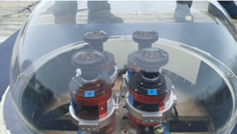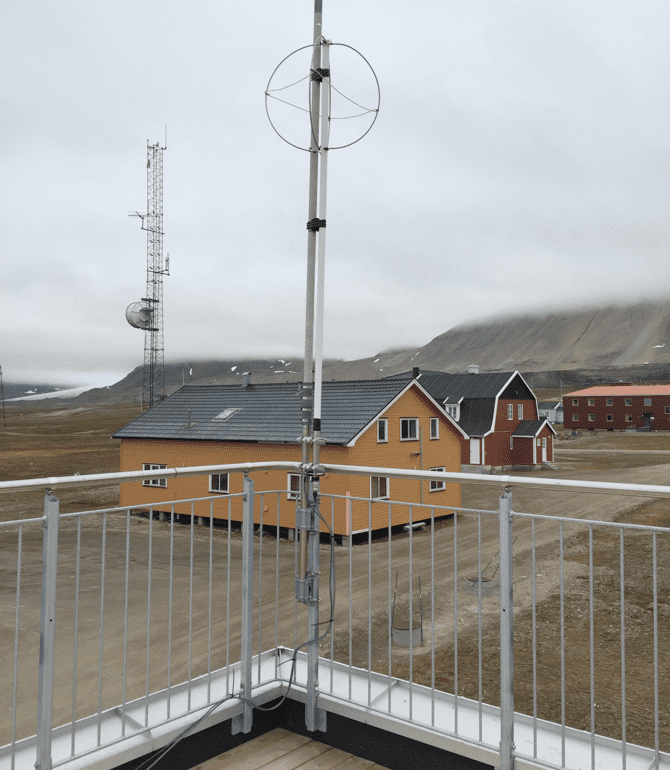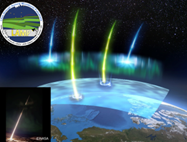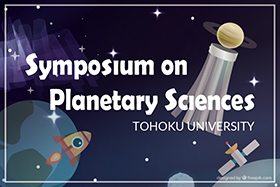OUR Aurora (Project)
Multi-wavelength observations of ground-based all-sky cameras are important for understanding the morphology and other characteristics of the aurora. National Institute of Polar Research (NIPR) is conducting the Phase X Research (Aurora X Project: FY2022~27). In the polar cap region, direct interaction between the solar wind and the atmosphere occurs, resulting in electron and ion precipitation over a wide energy range from several hundred eV (solar wind) to MeV (SEP). We developed 10 all-sky cameras for this project: four at Syowa Station starting in 2023, two each at Casey and Davis Stations of Australia, and two each at Dumont d’Urville and Concordia Stations of France and Italy in 2025. In addition, the Arctic Scandinavian cameras in 2024. We also started low-latitude aurora at Iitate observatory of PPARC since 2024.
OCTAVES (Observation of CondiTion of ionized Atmosphere by VLF Experiment) is a VLF/LF ionosphere observation network that measures modification of electron density in the lower ionosphere. Low frequency (LF) and very low frequency (VLF) radio waves propagate between earth’s surface and lower edge of ionosphere (70-90km, approx.) at long distance. As modification of the lower ionosphere causes changes in received signal amplitude and phase, LF/VLF radio observation is a useful probe to detect variation of electron density in the lower ionosphere. Scientific targets of this network includes (1) Energetic particle precipitation from radiation belts, (2) Lightning effects on upper and middle atmospheres, (3) Solar X-ray flare and proton event effect on upper and middle atmospheres, (4) Effects of solar eclipse, atmospheric gravity waves, and sound wave on the lower ionosphere, and (5) Detection of gamma ray burst. More detailed information is found here.
Pulsating aurora is one type of aurora which variates with a period of several seconds. Recently, it has been hypothesized that when the pulsating aurora occurs, high-energy electrons with energies of several hundred kiloelectron volts or more, called “killer electrons,” also precipitate at the same time. These “killer electrons” can penetrate to the middle atmosphere at low altitudes of tens of kilometers and may destroy the ozone. We started the discussion with American researchers in 2015 and proposed the LAMP rocket experiment to NASA. PPARC was responsible for the development of the two onboard cameras to observe aurora from space. The rocket successfully launched and observed the pulsating aurora immediately after a significant auroral breakup from Poker Flat, Alaska, on March 5, 2022. This observation revealed a one-to-one correspondence between killer electrons and pulsating auroral emission precisely for the first time in the world. Based on this achievement, we are now preparing for the next LAMP-2 rocket experiment, which is planned to enhance the linkage with ground-based radar and optical observations.





